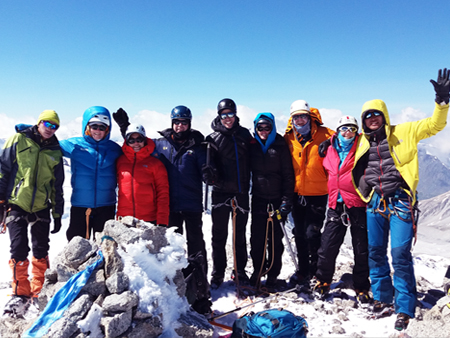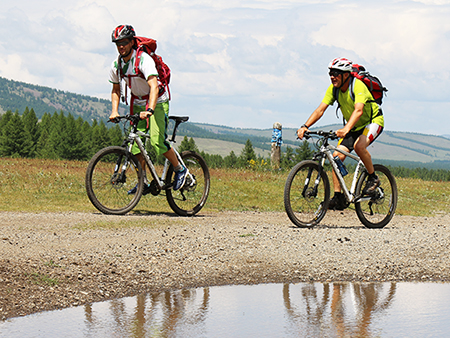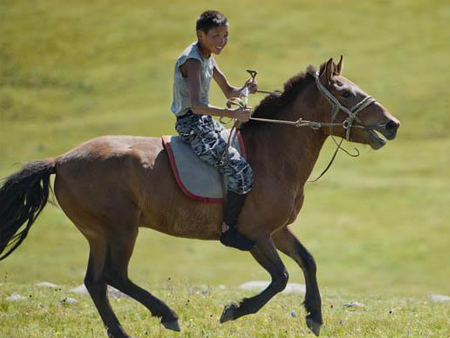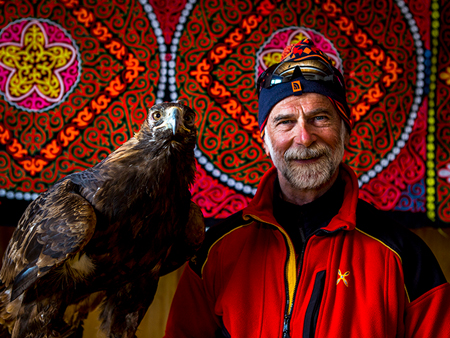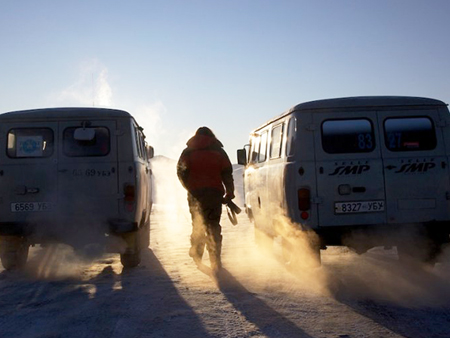Travel News/Blog
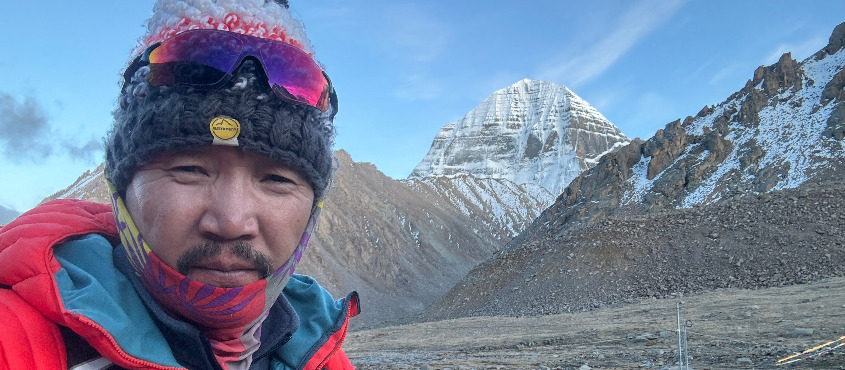
My 12-Day Journey Through Tibet: A Spiritual and Cultural Exploration
Tibet, known as the "Roof of the World," has always been a destination that stirs the soul. It is a land steeped in history, spirituality, and a unique way of life that remains deeply connected to both the earth and the heavens. My 12-day journey through this majestic region was an unforgettable experience that took me to places of great religious significance and allowed me to witness the resilience and beauty of Tibetan culture firsthand.
The Spiritual Heart of Lhasa
My journey began in Lhasa, the spiritual and political heart of Tibet. Here, I visited the iconic Potala Palace, once the winter residence of the Dalai Lama, towering majestically over the city. Its intricate architecture and deep historical significance made it a highlight of my trip. Wandering through its countless rooms filled with ancient scriptures, thangkas (Buddhist paintings), and statues of Buddhist deities was like stepping into another world—a world of profound devotion and history.
Another spiritual cornerstone in Lhasa is the Jokhang Temple, Tibet’s most sacred temple. Surrounded by pilgrims prostrating themselves as they circled the temple in kora (sacred circumambulation), I could feel the energy and faith that this place inspires. Inside, the flickering butter lamps and the smell of incense created a meditative atmosphere. I spent time reflecting here, surrounded by monks in deep prayer and pilgrims offering their devotion.
Shigatse: Traditions in the Shadow of the Himalayas
After soaking in the sights and spirituality of Lhasa, I traveled to Shigatse, a city that balances the ancient with the modern. Shigatse is home to the Tashilhunpo Monastery, the traditional seat of the Panchen Lama, and one of Tibet's most important monasteries. The monastery complex felt like a small city in itself, with narrow alleys, prayer halls, and golden-roofed buildings that shimmered in the sunlight. Walking through its grounds, I could sense the centuries of devotion that had kept this sacred place alive.
From Shigatse, I embarked on a journey to Everest Base Camp—a dream for many adventurers. Standing at the base of the world's highest peak, Mount Everest, was an awe-inspiring experience. The air was thin, the landscape harsh, yet there was a peaceful silence that hung in the air, broken only by the sound of wind whipping through the mountains. Being this close to such a monumental natural wonder was both humbling and exhilarating.
Immersing in Tibetan Rural Life
While the mountains and monasteries were captivating, one of the most meaningful parts of my trip was spending time with a Tibetan peasant family. I visited their modest home and witnessed firsthand the simplicity and strength of their way of life. The family lived in a small stone house, their livestock grazing nearby, and their hospitality was heartwarming. They offered me Chan, a traditional barley rice wine, which is an integral part of their daily life. It was a bit stronger than I expected, but it had a warmth and richness that suited the cold, high-altitude climate.
Seeing how they lived—content, connected to their animals and the land, and deeply spiritual—made me reflect on the concept of wealth. In material terms, they had little, but in terms of happiness, faith, and community, they had so much.
The Sacred Pilgrimage: Kora Around Mount Kailash
No journey to Tibet would be complete without visiting the sacred Mount Kailash. Considered one of the most holy mountains in the world, Mount Kailash is revered by Buddhists, Hindus, Jains, and followers of the Bon religion. I undertook the 52 km kora, a pilgrimage route that circles the base of the mountain. For many pilgrims, this journey is a once-in-a-lifetime experience, believed to cleanse sins and bring spiritual merit.
The kora was physically challenging, especially at high altitude, but the landscape around Mount Kailash was absolutely breathtaking. Jagged peaks, serene rivers, and vast open skies framed every step of the journey. Along the way, I met fellow pilgrims from various parts of the world, all united in their quest for spiritual fulfillment. We exchanged stories, shared tea, and found comfort in the rhythm of walking together.
One of the most spiritual moments of the journey was standing before Kailash’s north face, a place believed to radiate immense energy. The silence and majesty of the mountain were overwhelming. Completing the kora felt like not just a physical achievement, but a spiritual renewal.
Tibet: A Journey Beyond Time
After 12 days of traversing Tibet—from its bustling cities to its tranquil mountains—I felt deeply connected to the land and its people. Tibet is not just a place you visit; it is a place that leaves a lasting impression on your soul. The journey taught me not only about Tibetan Buddhism and culture, but also about the importance of simplicity, faith, and inner peace.
As I flew back, the memories of Lhasa's monasteries, the hospitality of the Tibetan peasant family, the stark beauty of Everest Base Camp, and the sacred walk around Mount Kailash continued to linger. Tibet had given me a glimpse of a different way of life—a life where the material world takes a backseat, and the spiritual world comes to the forefront.


